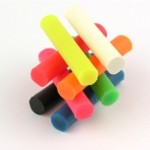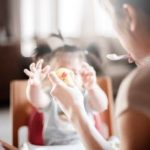As soon as my students see the cans of Play-doh sitting out they get excited! Common questions are “Is that for us?” or “Do we get to play with that today?” And why not? As a child I enjoyed creating things out of Play-doh and still do today. Play-doh is fun and creative! I also enjoy Dr. Seuss books for the same reason. So why not combine the two? When we teach our students about children and the importance of literacy and play, I think it’s only fair to include the importance of creativity and imagination. This interactive lesson strives to connect the areas of development with creative play in a way that, I hope, would honor Dr. Seuss!
Category: Child Development
Task Rotation Learning Grids for the FACS Classroom
Time to Feed the Baby: Homemade or Store Bought?
Assessments in a Bag
This idea came about because I was looking for an alternate way to assess my students about their knowledge of a particular unit or topic besides administering a test. Instead, I developed a partner or small group interactive, cooperative based…
Pinterest Themed Activities for Children’s Storybooks
Technology & Toddlers Activity
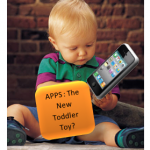
It’s hard to escape the children’s toy lesson without addressing the prevalence of Apps for Smart phones and tablets as the new toys for toddlers. Give it just a couple of years and this lesson will be obsolete as the students you’ll be teaching grew up playing more with Apps than physical toys and they will have no idea why that may be a problem. Regardless of your bias, we need to teach tomorrow’s child care workers & parents how to evaluate Apps that are good for children from the ones that are fluff.
Diaper Cost Analysis Project
What do Babies Think? Alternative Activity
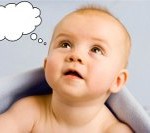
This is an activity I came up with after reading the What do Babies Think Lesson previously shared on the website. I couldn’t assign the experiment included in the lesson because my students didn’t have access to children in that age range, but I did find a site where students could find their own interesting picture of a baby and literally put baby’s thoughts into words. It’s called “Blabberize” and it’s super easy to use and free and my students had a great time with it. I made a class account and students just saved their work individually which also saved trees and in the end they can view each others work very easily.
Bedtime Fears & Fear Me Not Community Service Lessons
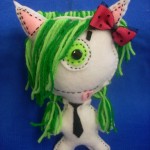
This amazing lesson is the Winner of our Child Development Lesson Plan Competition! The goal of this lesson is to explore bedtime issues/fears of children & how to respond to them. Students will also create a community service project called “Fear-Me-Not” characters to help children in abuse shelters feel more secure and safe during their stay.
What do Babies Think?
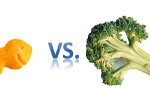
The idea for this lesson came from Alison Gopnik’s work studying babies minds. “What’s it like to be a baby? It’s like being in love in Paris for the first time after you’ve had three double espressos” she says. This lesson is an introduction to scientific studies on human beings and aims to replicate Ms. Gopnik’s broccoli vs. goldfish empathy experiment.


